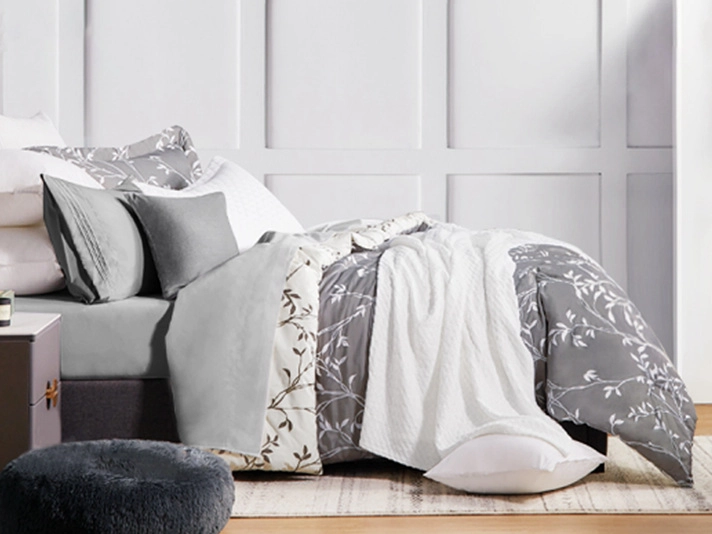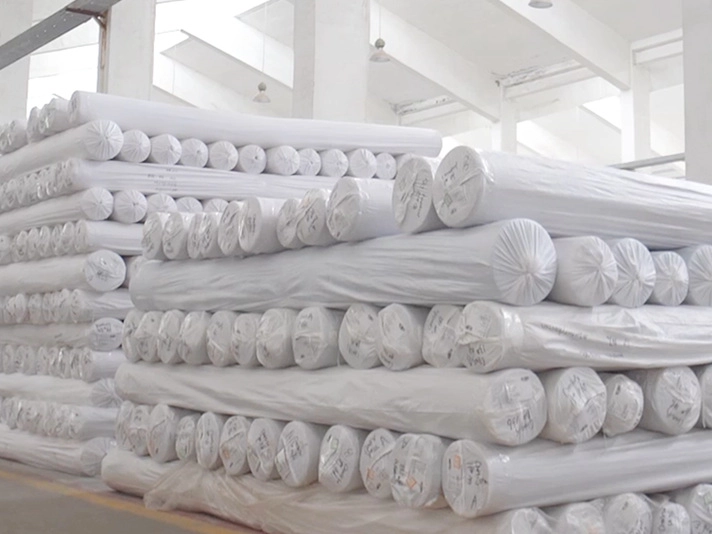How to Choose Sheets That Won’t Pill: Expert Tips for Industrial Use
How to Choose Sheets That Won’t Pill – Insights from the Field
If you’ve ever worked around textiles or industrial fabrics, you know that pilling is the bane of many a product’s existence. It might not sound like a big deal to the casual shopper, but anyone who runs a manufacturing line or handles heavy-duty sheets knows that a pilled surface is often a sign of lower durability and compromised quality. Frankly, there’s a bit of subtle art mixed with science when you try to pick out sheets that hold up and don’t transform into fuzzy, unattractive messes after just a handful of uses.
In my experience, picking sheets that won’t pill often boils down to understanding the fabric’s fiber content, weave tightness, and finishing treatments. Oddly enough, many engineers overlook the finishing process, assuming the fiber quality is all that matters — but in reality, the finishing technique can dramatically reduce those annoying little pills.
Key Fabric Features to Avoid Pilling
So, why do some sheets pill and others don’t? The culprit lies in the way fibers interact under friction. Loose, short fibers tend to break free and tangle into those unsightly fuzz balls. From what I’ve seen over the years:
- Fiber length and quality: Longer staple fibers usually result in less pilling. Synthetic blends like polyester mixed with cotton tend to resist pills better than 100% cotton — but blends must be made carefully.
- Tightly woven fabrics: A dense weave helps trap fibers firmly in place, making it harder for them to loosen and pill.
- Fabric finish: Treatments like singeing (burning off loose fibers) and anti-pilling chemical finishes really make a difference.
- Knitted vs woven: Knitted fabrics often pill more because of their looser construction.
It's not so much that one factor alone saves the day; rather, it's the combination. You might have a beautifully woven fabric but skip the anti-pilling finish — the surface won’t be as resistant.
Spotting the Best Industrial Sheets: A Quick Spec Rundown
Let’s talk specs. Below is a general overview of characteristics to look for — this table captures what I usually check before recommending sheets for industrial or heavy-use contexts.
| Spec | Ideal Value / Feature | Why It Matters |
|---|---|---|
| Fiber Type | Long staple cotton/poly blend | Durable and reduces loose fibers |
| Weave Type | Tight twill or sateen weave | Increases surface smoothness & minimizes fiber movement |
| Finishing Treatment | Anti-pilling chemical & singeing | Prevents fuzz formation & strengthens fibers |
| Fabric Weight | Between 120-180 gsm (grams per square meter) | Balanced for strength but still breathable |
Vendor Comparisons: Who’s Leading with Anti-Pilling Sheets?
Not all suppliers are created equal. I've tested sheets from multiple big names and smaller specialist mills. Here’s a quick head-to-head, based on durability, pilling resistance, and price — these factors truly guide purchasing decisions on the floor.
| Vendor | Pilling Resistance (1–10) | Durability (1–10) | Price Level | Extra Notes |
|---|---|---|---|---|
| Longshow Textile | 9 | 8 | Medium | Strong anti-pilling finish, reliable supply |
| Vendor B | 7 | 7 | Low | Affordable, but finish wears faster |
| Vendor C | 8 | 9 | High | Premium fabrics, but pricey |
For what it’s worth, I had a recent chance to work on a custom order for a client who runs a hospitality chain. They needed sheets that wouldn’t pill — because, you know, poolside towels and hotel beds are under brutal wear. We ended up choosing a blend with a strong finish from a trusted vendor (spoiler alert: Longshow Textile), and the results have been solid after months of use.
It really drives home that ordering isn’t just about the cheapest price per yard or flashy marketing terms. There’s skill in choosing materials that last, especially for industries where downtime or customer complaints are costly.
Final Thoughts on Picking Pills-Free Sheets
In real terms, if you’re in the industrial textile game, picking sheets that won’t pill is one part science, one part experience. Don’t get seduced only by fiber types or the stitch count — look for well-rounded solutions including finishes, testing records, and supplier reputation. And when you find a reliable partner, it’s like having an edge. No endless returns or grievances about fuzzy sheets showing up after a month.
Oh, and if you want to save time, feel free to check out Longshow Textile. They get the whole anti-pilling game pretty well.
Anyway, picking pilling-resistant sheets — it really is worth the care. Because once you’re stuck with those pills, well, you spend half your day fixing something that could’ve been avoided.
References / Musings:
- Industry norms and anti-pilling treatments, Textile World Journal, 2022.
- Case study: Industrial sheets durability in hospitality, TradeTech Reports, 2023.
- Personal notes from 10+ years handling technical fabrics across markets.
-
Garment Washed Sheets Color Retention Prevents Fading After WashesNewsNov.14, 2025
-
Charcoal Bamboo Sheets Moisture-Wicking Property Enhances Sleep ComfortNewsNov.12, 2025
-
High Quality Satin Sheets Soft Touch Improves Hotel Guest ExperienceNewsNov.12, 2025
-
Poly Cotton Sheets Breathable Weave Reduces Skin Irritation For PatientsNewsNov.12, 2025
-
Microfiber Sheet Stain Resistant Feature Eases Hotel HousekeepingNewsNov.12, 2025
-
Polyester Cotton Bedding Durable Fabric Withstands Frequent Hotel WashesNewsNov.12, 2025
-
Microfiber Pillow Filling Even Distribution Prevents LumpingNewsNov.03, 2025






